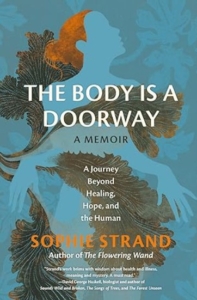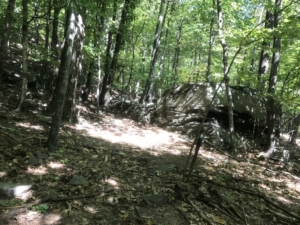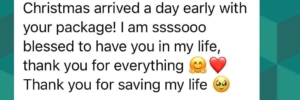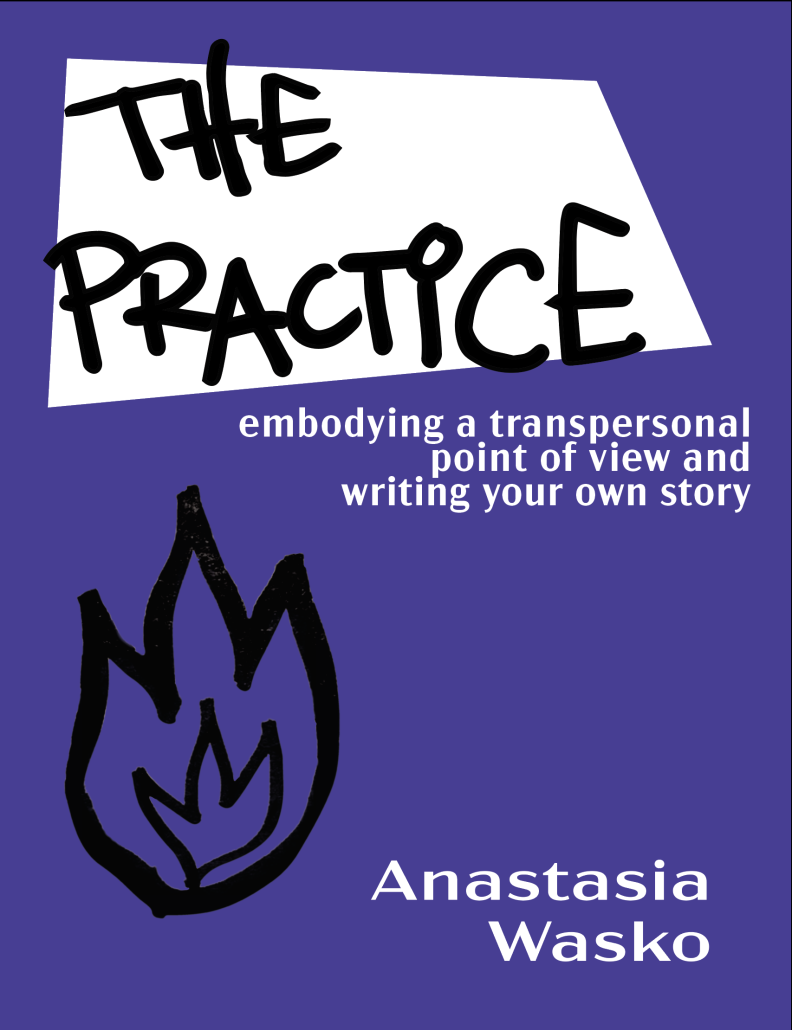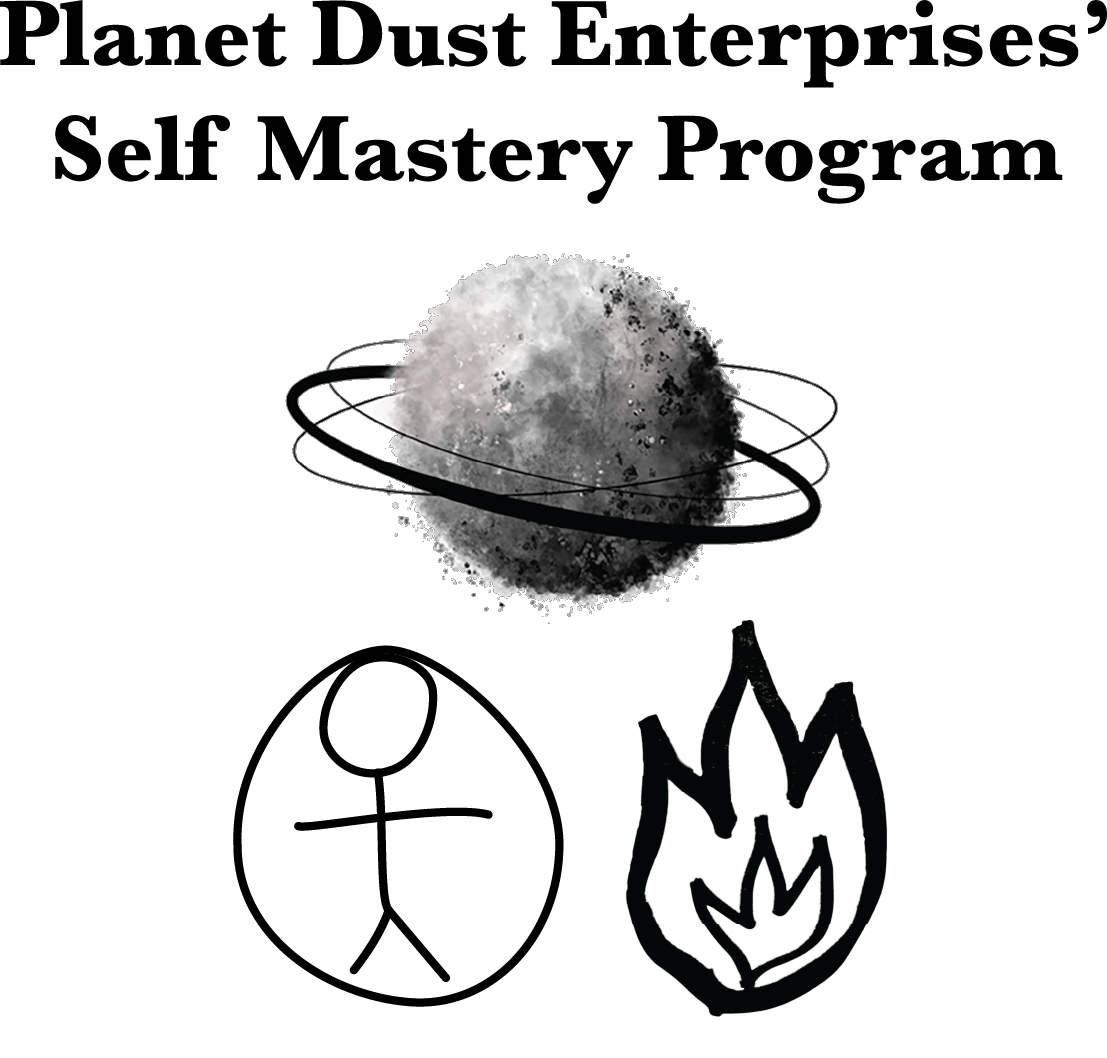Defining mental health, mental illness, and your version of health
In April, I wrote a book review for The Body Is a Doorway, a memoir by Sophie Strand. Sophie questions definitions of physical health. She channels her experience with Ehlers-Danos syndrome into a magical realism-infused perspective on reality. But she embraces the messy line between supernatural and super-real because she has found her illness as something that takes her out of a conventional understanding of health.
But why are we always comparing ourselves to versions of health that we never necessarily had? That we long for, a nostalgia akin to childhood innocence? When have we ever been in full health? What the heck is conventional health anyways?
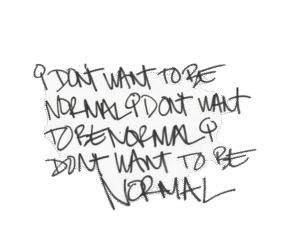
I ask myself this set of questions all the time, and they have bearing for the students who come to seek mental health guidance with me. These questions set a compass for my own practice and inner growth. I’ve been challenged in seeking answers, and I have needed to revise my understanding of the mind and body, how they work upon (work with, work against) each other, and where the soul (the mediator of all experience), tells us, “this feels true for me” or “this isn’t right and now I’m struggling with my inner life).
This is the point that my worldview departs from mainstream mental health protocol (which in short summary is that the individual is responsible for their own health and that the body is a machine and disorders have just a biological basis, and that the mind is a finite thing). I work with a post-material mindset. In part I see things in systems of energy. There are only waves ofenergy in the form of experiences that our soul must move through and then let go. The result creates a perception of inner life and affects the body in many ways.
The value of thinking like this results in the meaning that we make from the experience. I believe in the things you feel or sense that can’t be quantified until you language them in your own way.

And I also believe that mental health is different from mental illness. The way a person can manage their mental life is similar to the way a person can manage their physical life. Mental health is about inner life and relates to how well a person functions, performs daily duties, honors a social contract. Mental illness distinguishes the way a body responds to the physical world. Mental health might be affected by a mental disorder, and the “disorder” is more or less an atypical neurology, which means the individual inherently experiences the world in a way that is different from most people. The body is doing something different from another body, and that is the entry point to assess health–what is health for that body?
And then there’s the narrative. People who are “not healthy” inherit that preconceived storyline as they live their own experience. Individuals with a mood disorder like bipolar disorder arrive in a world that treats them with the veil of “otherness” in their human experiences. Bipolar disorder is a body that is prone to extreme mood swings, which include emotional highs (mania or hypomania) and lows (depression). Such fluctuations and changes to the experience of reality affects behavior, energy levels, thinking, and daily functioning. The narratives constructed around these symptoms based on definitions of health are disingenuous.
I embody my bipolar disorder diagnosis because that label connects me with a community who knows the challenges of having that type of atypical neurology–the mood swings, cognitive dysfunction, manic-pixie-girl hypersexualized motif that appears in mainstream media. It took me years to achieve the level of stability I have now. One of the most salient points in my journey toward recovery is the acknowledgement that I was actually a person within the disorder. I don’t think mental healthcare (or healthcare professionals in general) know how to make the distinction between a person and their disorder. There is a me (a you, a we) within the experience of a person with atypical neurology. Just as there is a unique self in a person who has had a traumatic brain injury or someone cannot verbalize their inner life.
The point of mental healthcare isn’t to restore a person to a level of functioning that others who are healthy embody; the point is to empower a person to cultivate the dedication to health as it is relevant for them while building a meaningful self-care practice and community around others who validate that dedication.
The way this relates to a post material worldview is that this highlights (in my opinion) the quality of experience. How are we receiving the moment? Where are the waves of energy hitting? The body and mind aren’t just machines; they operate within the ecosystem of the soul to body and mind. And, as Marc Wittman (German philosopher and researcher on time) says: “Experience takes place in the present moment only” (2023, p. 41).
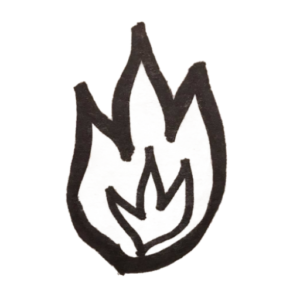
In a poor state of mental health, there are challenges to presence. In mental disorders, the access of the present (and the perception of time) might be too open or too limited so that the individual lacks an awareness of the present because their ability to interact with it is affected by atypical neurology. Wittman’s book is an excellent exploration about the perceptual passage of time, the way time is constructed in the body, and (my favorite) the way that time alters perception and consciousness so that the continuity of the moment is interrupted. Disorders such as bipolar disorder and schizophrenia can throw the normalized perception of time into a less conventional and easy to understand experience.
For that reason, I argue for labels (aka diagnoses) and the ability to find community within those diagnoses. I believe that the meaning-making and connections forged in community are crucial for establishing a connection to soul (the individual to the awareness inside) within those disorders. It happened for me during my own journey (one that I recount in my Hero’s Journey). It is also a jumping off point for redefining our understanding of spiritual–material reality. Once I could detach from the stuff of my mind (and recognize it as an ecosystem, a separate thing, a [so to speak] altered state of consciousness [the mood swings were happening but I was not the mood swings]), I could start to dissect the contents of it. It’s about making the moment of the swing into an atypical experience, ordinary by examining it. The definition of health must come from the individual having the experience. A person who has a determined commitment to themselves, a self-care practice that directly supports that commitment, and a community to validate their experience is a person who will achieve a definition of health that is meaningful to them––something I have done myself.

This is the principle and foundation of Planet Dust Enterprises, my online business created to serve GenX individuals with an affective disorder, their therapists, and their caregivers. We have a distinct experience of reality, an inherited and a forced-upon-us narrative, and a lack of transparency around what it means to live in health, that is, in recovery, with a body and mind that experience reality in a way that many other bodies and minds do not.
Narrative shift happens when stories, one by one are rewritten into meaningful and empowered spaces and are offered out into the world. A person’s experience can be a domino that tips a line and lets another person discover more of their true nature and understand themselves as a collection of parts and in parts, a whole. Understanding our true nature, really knowing who we are, can make the way we live a part of the health we embody. As living beings, our relationship with the world we live in changes.
This means rewriting our versions of health every day.
Works mentioned
Wittmann, M. (2023). Altered States of Consciousness. MIT Press.
The writer behind The Conversation
Hi there! Thanks for reading. I’m a writer, editor, and mental health practitioner who helps GenX individuals with mood disorders, their therapists, and their caregivers source inner joy in this dumpsterfire world.
I offer my words as service–the stories I share about my own psychospiritual growth, the process of self exploration & self transformation, and the way culture affects me and inspired me to go beyond mainstream mental health protocols to find my own joy. May my ideas ignite a fire inside of you.
I offer consultations, workshops, and a group program through my online business Planet Dust. It’s a global community for GenX individuals with mood disorders, their caregivers, and their mental healthcare practitioners. Learn to work with your active mind and imagination to make meaning. It’s psychological and it’s spiritual.
I also work in the advertising and publishing spheres. Information is medicine, so why not work directly with it? The gatekeepers of culture are those who allow or inhibit ideas.
BTW: I love tattoos and coffee.

